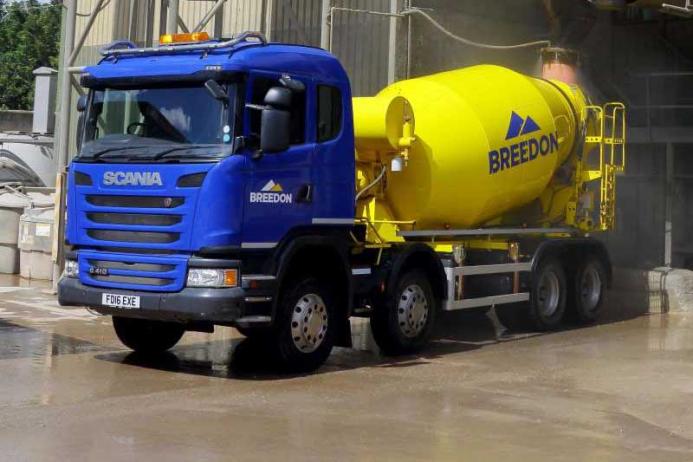February 2024: UK concrete planning news
Breedon, a leading building materials company, is transforming its Bristol-based Freeman’s Quarry with a new ready-mixed concrete plant. Acquired in 2020 from Cemex and operational since 2021, Breedon is now entering a transformative phase with the new plant.
Freeman’s Quarry offers the unique advantage of being located on an existing limestone quarry. This strategic location allows Breedon to directly source coarse aggregate, a major component of concrete, and thus, significantly reducing the number of heavy goods vehicles needed for production, streamlining operations and lowering costs.
Within the application Breedon identified a strong demand for concrete in south Bristol, encompassing areas like Bristol Airport, Nailsea and Cheddar. The company sees its new plant as both an ideal solution and strategically positioned to serve the growing need. Potential customers identified include ongoing housing developments, Bristol’s sporting quarter expansion and the ever-evolving Bristol Airport.
The new plant will be temporary, operating until 2026, aligning with the existing mineral extraction permission for the quarry. The location of the plant has been carefully chosen to ensure minimal impact on the environment and the plant is located within an area designated for future quarrying. The limestone resource underneath can still be utilised once the ready-mixed concrete plant planning permission ceases.
The Green Belt surrounding the quarry poses certain challenges as the government imposes a strict policy to control urban growth. However, Breedon emphasises that the placement of the plant is entirely within the existing quarry and that it adheres to government policies aimed at controlling urban sprawl. The development doesn't represent an expansion into the countryside but rather utilises an existing industrial site.
Breedon anticipates the Freeman's Quarry concrete plant to cater to a market demanding up to 25,000m3 of concrete annually. This translates to roughly 10,750 tonnes of sand and 8,000 tonnes of cement being imported each year to meet production needs.
- This information has been provided by BDS, an independent and innovative market research consultancy with over 30 years’ experience in the concrete, mortar, concrete products and cementitious markets. BDS has three strands providing marketing intelligence, insight and reports in addition to bespoke consultancy. For more information visit www.bdsmarketing.co.uk







